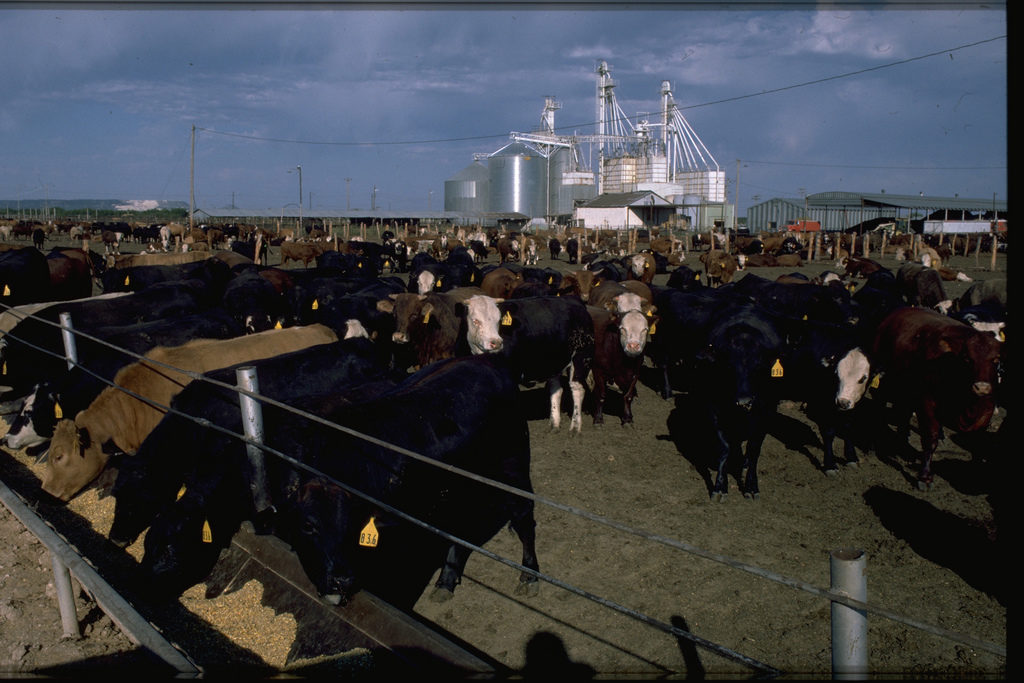Welcome to this week’s round up post. I hope everyone has a wonderful weekend! Here are some of the agricultural law stories in the news this week.
*Environmental groups file suit against EPA regarding air emissions reporting for agriculture. This is a continuation of an issue we’ve been watching for several years. You may recall that back in April of 2017, a federal court ruled that animal agricultural operations were required to report air emissions to federal authorities under the federal CERCLA and EPCRA statutes. Then, in April of this year, the EPA announced that it would not require emissions reports for animal agricultural operations. [Read prior blog post here.] Specifically, under the federal EPCRA statute, the EPA announced that emissions were not required because (1) such reporting is not required under CERCLA (due to Congressional action) and (2) EPCRA expressly exempts farms that use substances in “routine agricultural operations” from reporting. It was this decision–to exempt farms from reporting under EPCRA based on the two reasons listed above–that is at issue in the newest lawsuit. The plaintiffs claim that the EPA did not have the authority to make this type of exemption and, even if they did, they failed to comply with the notice and comment rulemaking requirements of the Administrative Procedures Act. [Read Complaint here.]

TAMU AgriLife photo
*Fence law dispute brewing between ranchers and feds in New Mexico. New Mexico ranchers have found themselves in a fence law dispute with the federal government over who is responsible to repair fences on federal land. In the Valles Caldera National Preserve, which is bordered by a number of grazing pastures leased by the BLM to New Mexico ranchers, fences are in disrepair from a number of causes including wildfire, falling trees, and other wear and tear. Visitors to the Preserve have complained about livestock in the public area, resulting in a recent situation where federal employees rounded up cattle and allegedly held them with little food and water. Ranchers believe it should be the responsibility of the government to repair these fences, while the government disagrees. Ranchers point to New Mexico law, which generally requires a person to fence out livestock if the landowner does not want cattle on his or her property. The government, however, points to court cases holding that state-level fence laws are pre-empted by federal law that requires landowners to keep livestock off of federal land. [Read article here.]
* California judge issues tentative ruling for new trial on punitive damages in Glyphosate litigation. You may remember that a couple of months ago, a San Francisco jury awarded $289 million verdict to a school groundskeeper who claimed that exposure to Glyphosate caused his cancer. Of that verdict, $250 million was awarded as punitive damages–damages intended to punish the defendants’ conduct. The remaining $39 million of the verdict was in the form of compensatory damages. The judge in the case indicated this week she is inclined to grant the Defendants’ motion for new trial on the issue of punitive damages. Specifically, the Defendants argue that the Plaintiff failed to prove that Defendants acted with malice or oppression, as required by California law to recover punitive damages. [Read article here.]
*The importance of family farms planning for the future. Over the summer, I had a conversation with James Deathridge of Producers Co-Op for his outstanding program, “From the Ground Up.” One of the topics we focused on was the importance of estate and transition planning for farm and ranch families. Part of our chat was recently featured on the program, which you can watch here.
Programs Next Week
Next week, I’ve only got one program on the schedule. On Wednesday, I’m headed to Morton to speak at the Cochran County Extension Alternative Crops Conference. To see a complete list of my upcoming program, click here.


















